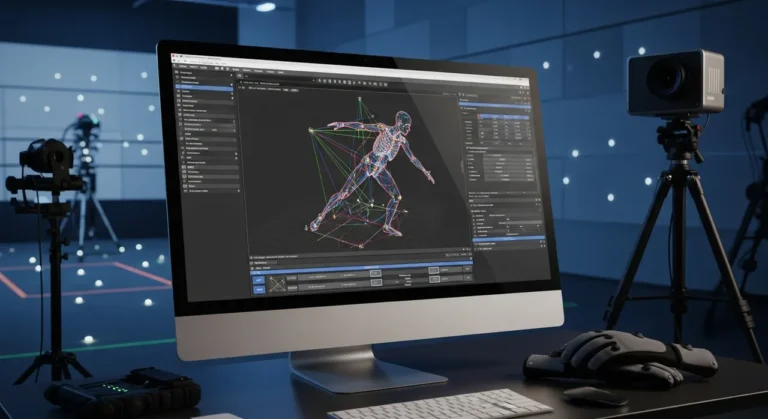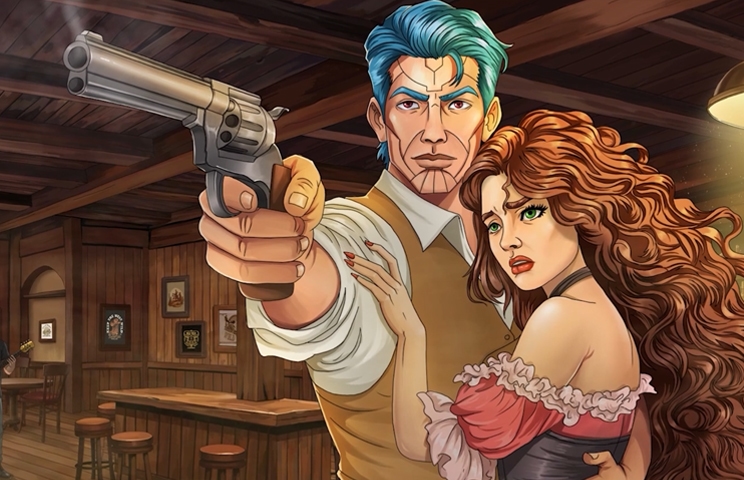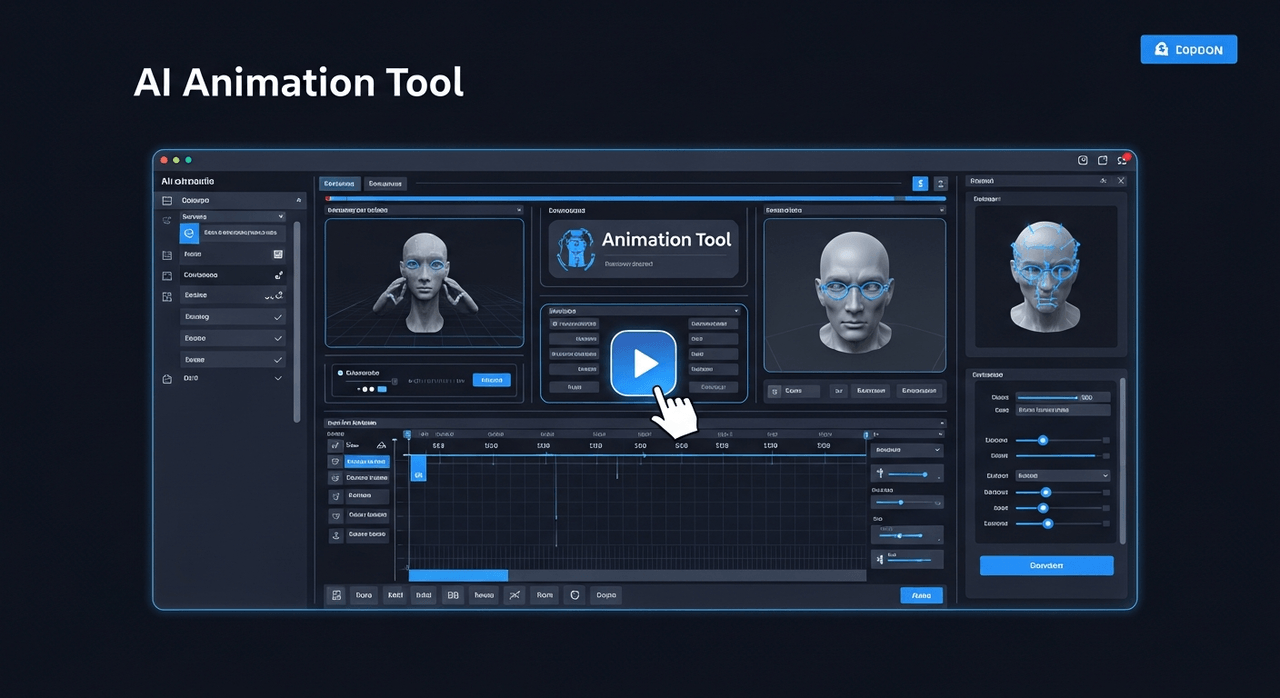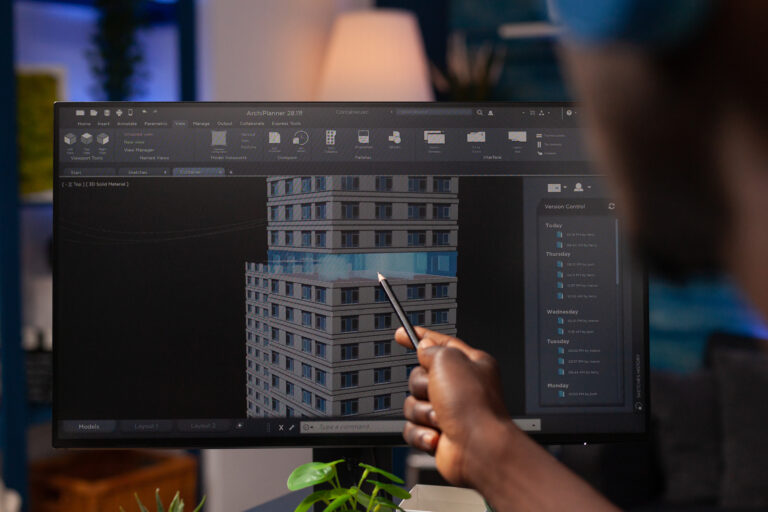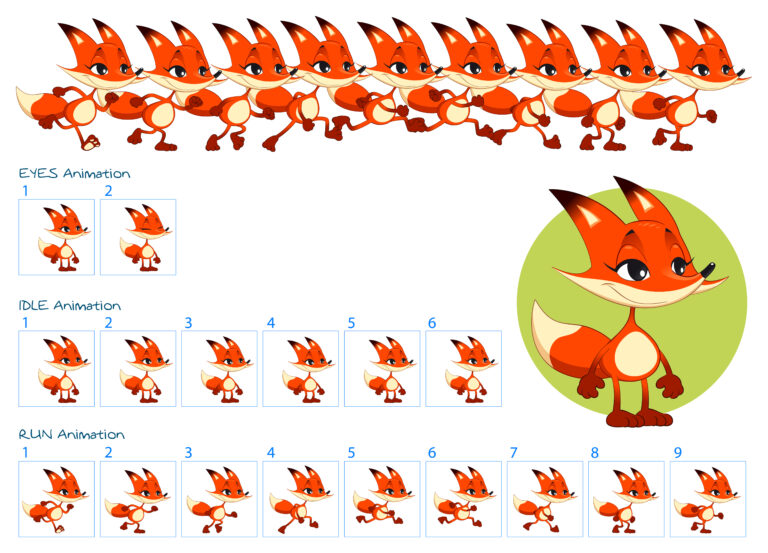Ever get lost in the smooth moves of cartoons? That seamless flow feels almost real, doesn’t it? While we cheer the main animators, the inbetweener is the behind-the-scenes magic, turning still drawings into a vibrant world.
Think about a character’s pose changing in a blink. That smooth shift, the feeling of movement? That’s the inbetweener’s art. Animation studios use it to connect the big moments with tons of drawings, making the illusion of life that grabs us all. They’re the quiet force behind the visual flow.

Need Animation Services?
Visit our Animation Service page to see how we can help bring your ideas to life!
The Vital Role of the Inbetweener
You know how you have those really important poses that are crucial for storytelling in animation? Well, the inbetweener is the person who takes those key moments and makes the magic happen between them. They’re not just filling in spaces; they’re like the secret ingredient that turns a series of still pictures into something that actually moves and feels real.
Their main gig is to look at those crucial “keyframe” drawings – the ones that really nail the action and emotion – and then figure out all the drawings needed to get from one pose to the next in a way that looks smooth and makes sense. This process is at the heart of keyframe animation. It’s not just about drawing well; it’s about really understanding how things move and how to make that movement feel natural and engaging for the audience.
A skilled inbetweener acts as the interpreter of timing and spacing directives. They don’t just draw an equal number of frames between key poses; they analyze the animator’s notes and dope sheets to understand the intended speed and rhythm of the action. Is the movement accelerating with force? Decelerating for emphasis? The inbetweener’s hand determines how many drawings are needed and how close together they should be to convey these nuances. A solid understanding of human anatomy for artists also helps bring realism and fluidity to every motion. It’s like being a visual metronome, ensuring the pace of the animation feels just right.
Furthermore, the inbetweener is a guardian of character consistency. They must ensure that the character’s form, volume, and even subtle expressions remain consistent throughout a sequence of movement. A deep understanding of character design helps them maintain visual accuracy. A stray line or a slightly altered proportion can break the illusion, and it’s the inbetweener’s keen eye that catches and corrects these inconsistencies. They are the detail-oriented custodians of the animated character’s integrity.
Essential Skills for the Aspiring Inbetweener
To truly shine as an inbetweener, a specific blend of talents and knowledge is essential. It’s a mix of artistic prowess, technical understanding, and a healthy dose of dedication. At its core is a strong drawing ability. An inbetweener must be able to draw consistently, accurately capturing form, perspective, and anatomical correctness. They need to seamlessly adapt to and replicate the established style and character designs set by the lead animators.
Okay, so here’s the thing: if you want to be a really good inbetweener, you absolutely have to get your head around the basic rules of animation. We’re talking about stuff like easing – you know, how things usually start slow, speed up, and then slow down again? Or anticipation – that little movement a character makes to get ready for a bigger one? And then there are arcs, because most things don’t move in straight lines, they curve. These are all part of the principles of animation. Understanding these principles is crucial in the animation pipeline, as they guide the creation of fluid and expressive motion.
Oh, and squash and stretch – that’s how you show weight and impact by making things get wider or taller for a second. These aren’t just fancy terms; they’re like the inbetweener’s essential toolkit. They just need to feel when and how to use them to make the in-between drawings look alive and real.
Another super important thing for an inbetweener is having a really good sense of timing and spacing. Animators often give them these complicated charts and instructions that basically say how many drawings go where. The inbetweener has to be able to look at that and figure out exactly how many pictures to draw and where to put them. It takes a logical brain and a way of thinking that can really analyze how even tiny changes in how far apart the drawings are can totally change how fast or heavy something looks. This is where the animator’s playbook comes into play, guiding the inbetweener through the nuances of movement and timing.
And nowadays, even if you’re doing animation the old-school way, knowing a bit about animation software can really help. Just being able to handle layers and timelines in a program can make an inbetweener way more efficient and make it easier to work with other people in the studio. It just makes everything run a lot smoother.
The Detailed Process of an Inbetweener’s Work
So, what does a typical workday look like for someone whose job it is to make the animation smooth? Well, it’s a pretty detailed process, kind of like putting together a puzzle with moving pieces! Here’s a general idea:
Getting the Starting Points
First off, the inbetweener gets the main drawings – the keyframe drawings – from the lead animator. These aren’t just any sketches; they’re the really important poses that show where the character starts and ends an action. Along with these drawings come instructions, usually pretty specific, about the timing and spacing – basically, how fast things should move and how many drawings are needed. Understanding the various types of animation helps in adapting techniques to suit different styles and mediums.
Figuring Out the Journey
Next, the inbetweener really looks closely at the two keyframe drawings they need to connect. They’re trying to see exactly how the character or object is supposed to move. What kind of curve – or arc – will their arm take? Will their body twist? Are their facial expressions changing? Sometimes, the lead animator will even give them extra “breakdown” drawings – like little mini-goals along the way – especially for tricky movements.
Drawing the In-Between Pictures
This is where the actual magic happens! The inbetweener starts drawing all the pictures that go between those key poses. It’s not just drawing a straight line from point A to point B. They have to really think about the trajectory of the movement, making sure it looks natural and follows those arcs. They also use something called easing – which means adding more drawings at the start and end of a movement to make it look like things speed up and slow down realistically, just like in real life.
Read More: Keyframe Animation Tips
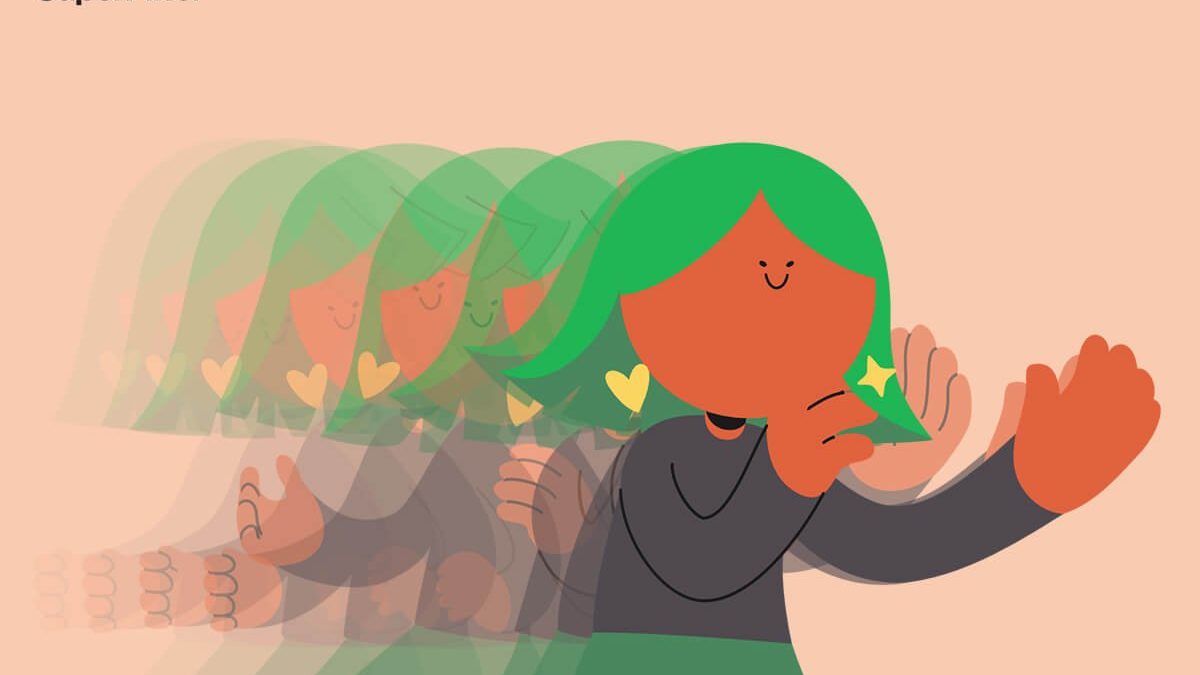
Keeping Things Consistent
Keeping your character or object looking the same throughout the whole movement. Like, if you’ve got an arm swinging across the screen, you’ve got to make darn sure it doesn’t suddenly get all skinny or balloon up for no reason. Even when it stretches out a bit from the speed or squishes down when it hits something, you’ve still got to maintain its basic shape. It’s like you’re always thinking about them as a solid thing in your head, even though you’re just drawing flat pictures. Tricky stuff!
Getting Feedback
Alright, so after the inbetweener has put in all that effort drawing those in-between frames, the next step is getting some eyeballs on it – usually the lead animator or the animation director. This part is actually a big deal because they need to make sure everything jives with how the whole animation is supposed to look and feel. They’re checking if the quality is up to snuff and if all those in-between drawings really help create a smooth and believable final scene that everyone’s going to dig. It’s all about making sure it works.
Traditional Inbetweener vs. The Digital Workflow
Back in the day, being an inbetweener was a totally hands-on gig. Every single drawing, every frame, had to be painstakingly created by hand on paper or those clear plastic sheets called cels. It was a real labor of love, demanding a crazy amount of precision and a whole lot of patience – that’s just how frame-by-frame animation worked.
Then came the digital age, with all its fancy software (including 2D software & 3D modeling software) like Adobe Animate and Toon Boom, and things started to change quite a bit for the inbetweener. Suddenly, you had these digital platforms that made it way easier to fix mistakes, reuse bits of animation, and generally make the whole process smoother. Some software even had this cool feature called tweening, where it could automatically generate those in-between frames based on the main poses you set up.
But even with all that tech, the artistic touch of a real, human inbetweener is still super important. Sure, software can do the math to figure out the in-between points, but it often misses the subtle artistic choices that a skilled artist just knows – things like how the movement should really feel and making sure it stays true to the overall style of the animation.
So, even now, with all the digital tools, you still see inbetweeners heavily involved. For those really complex actions or when a certain artistic look is needed, a lot of those in-between frames are still drawn by hand using digital tablets. The software just becomes this awesome tool for organizing, tweaking, and putting those hand-drawn elements into the final piece. It’s a blend of the old and the new, really.
The Inbetweener’s Role in Industry Applications
You know, the basic skills that an inbetweener brings to the table? They’re actually a really hot commodity in all sorts of corners of the animation world. Obviously, they’re super important for making those big animated movies and TV shows we all love, you know, bringing those characters and stories to life in a way that just grabs you.
But it doesn’t stop there! Those same principles that a good inbetweener understands are also used in cool stuff like motion graphics, making animated sequences that really tell a story visually, and even in the way things move in video games. Think about it – in games, if the characters move stiffly or things don’t interact realistically, it totally pulls you out of the experience. That’s where animators who really get inbetweening come in; they’re the ones making those movements fluid and believable.
So, whether it’s the smooth way a character runs in a 2D game or how objects realistically bump into each other in a 3D world, the core understanding of how to create convincing transitions between key moments is the same. This knowledge is essential in both the 2D game art pipeline and the 3D game art pipeline. At the end of the day, an inbetweener is a master of making things move in a way that feels real, and that’s a skill that’s seriously valued all across the entertainment industry.
Essential Tools and Software for the Modern Inbetweener
Okay, so these days, if you’re an inbetweener working on a computer (which is most folks!), there’s this awesome collection of software tools that can seriously boost your workflow.
Adobe Animate
So, this one’s kind of the veteran in the 2D animation world. It’s got you covered with all the drawing basics, a timeline to keep your frames straight, and it can handle both the old-school way of drawing every frame (frame-by-frame) and letting the computer do some of the in-between work for you (tweening). It’s a solid, dependable choice, especially for that classic 2D workflow.
Toon Boom Harmony
Now, this is often seen as the big leagues’ software, especially for traditional 2D animation pipelines. It’s got these super smart “rigging” tools that let you move characters in really intricate ways, and it’s a lifesaver for keeping those massive animation projects organized when you’re working with a whole team. It’s the go-to for a lot of studios focused on that high-quality 2D look.
Maya
Now, while Maya is primarily known for its 3D capabilities – think creating those awesome three-dimensional characters and environments you see in a lot of games and films – some inbetweeners who work in hybrid workflows or on projects that blend 2D and 3D to create hybrid animations might find themselves using it. For instance, you might use Maya to block out some key poses in 3D and then use its tools or export those frames to refine the in-betweens in 2D software. It’s more of a versatile tool that can touch different parts of the animation process.
TVPaint
If you’re all about that traditional, hand-drawn texture, even when you’re working on a computer, then you’ve got to check out TVPaint. It’s specifically designed to mimic the look and feel of real art supplies, so your digital animation can have that classic, beautiful aesthetic.
And hey, can’t forget the graphics tablet! It’s not software, but it’s like the best buddy for most digital inbetweeners. It just makes drawing on a screen feel way more natural, like you’re actually using a pen. Plus, you can get a ton of different digital brushes that look and feel like real paint, pencils, you name it!
So, while these software programs are doing the heavy lifting, the tablet and brushes are what help the artist really put their own spin on things. Everyone’s got their favorites, but these are some of the main tools you’ll see out there.
Read more: 6 Free Animation Software For Animators
Career Path
Okay, so if you’re dreaming of working in animation, landing a gig as an inbetweener can be a seriously awesome way to get your foot in the door. Think of it as this incredible chance to really sharpen your drawing chops, get a super keen eye for timing and spacing, and soak up all those fundamental animation principles by working right alongside experienced lead animators. It’s like getting paid to learn from the best!
You know, a ton of really successful animators, and even some of the big-shot animation directors you see today, actually started out as inbetweeners. It’s a fantastic way to get real, hands-on experience and build up a killer portfolio that shows what you can do.
As an inbetweener proves they’re good at what they do and really understands the basics of animation as well as character design process, they can totally move up the ladder to become a keyframe animator, a character designer who dreams up how everyone looks, a storyboard artist who by creating a storyboard, maps out the story visually, or even a director calling the shots!
Now, even though the actual job title of “inbetweener” might have changed a bit as technology has advanced, the core skills – that deep understanding of how to create movement that really grabs you and feels believable – those are still super valuable in the animation world.
So, if you’re someone who’s passionate about bringing characters and stories to life through the magic of movement, really getting good at the essential art of inbetweening is still a crucial and super rewarding part of storytelling in animation. It’s a fantastic place to start and build a solid career!
Read More: The Ultimate Guide to Animation Storyboarding
Conclusion
Alright, so even though you might not always hear their name, the inbetweener is really the unsung hero, the secret sauce that makes animation flow so beautifully. They’re the super dedicated artists who take those key poses and then painstakingly draw all those moments in between, creating that amazing illusion of life and movement that just grabs you.
From their deep knowledge of timing and spacing to how skillfully they use those core animation principles, what they do is absolutely essential for bringing our favorite animated stories and characters to life in such a vibrant way, one carefully drawn picture at a time.
Seriously, the whole world of animation owes a huge thanks to the talent and dedication of these crucial artists – they’re the real masterminds behind that seamless movement we all love to watch. They’re the quiet force that makes the magic happen!
